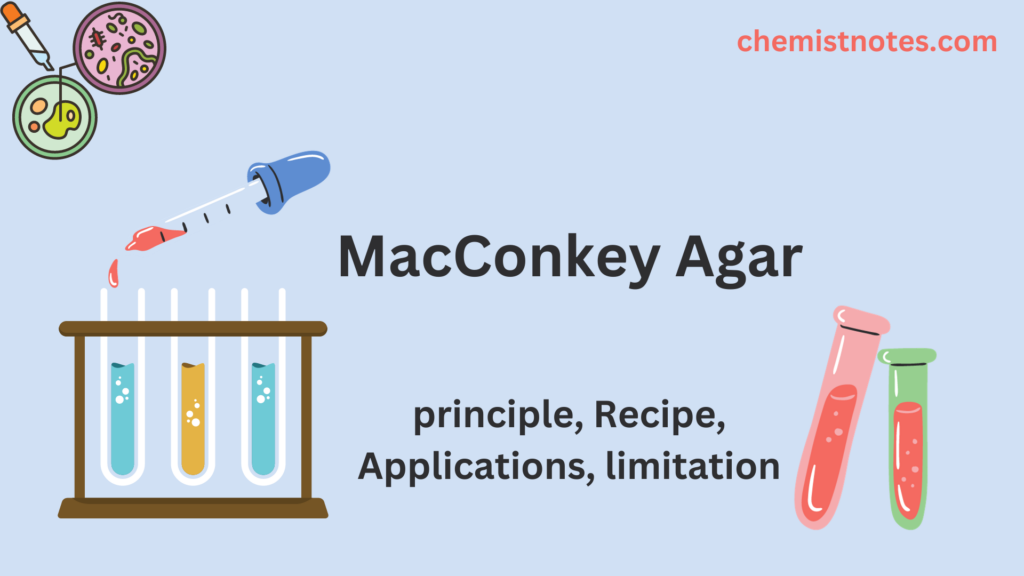Table of Contents
ToggleMycotoxin(s) are poisons that are created naturally by specific molds (fungi) and can be found in food.
The molds thrive on a wide range of crops and foods, including cereals, nuts, spices, dried fruits, apples, and coffee beans, and they frequently do so in warm, humid environments.
Introduction to Mycotoxin
Mycotoxins are poisonous substances that some molds (fungi) naturally create. Mycotoxin-producing molds can be found in a variety of foods, including cereal, dried fruit, nuts, and spices. Before or after harvest, during storage, on or within the food itself, and frequently in warm, moist, and humid environments, mold can form. The majority of mycotoxins are chemically robust and endure food processing.

Source: http://Lactanet
Character of Mycotoxin
The features of mycotoxin are:
- Mutagenic
- Tremorgenic
- Carcinogenic
- Genotoxic
- Neurotoxic
- Hematoxic
- Hepatotoxic
- Estrotoxic
Mycotoxin Action
The majority of mycotoxins are cytotoxic, damaging cell membranes and impairing crucial biological functions (protein, RNA, and DNA production). Of course, they are also harmful to higher plants and animals’ cells, including those of humans. Mycotoxins do not explicitly target higher species, but they do appear to be caught in the middle of the biochemical battle between bacteria and molds for the same environment.
Classification of Mycotoxin
There are various types of mycotoxin which are discussed below:
- Aflatoxin
- It is made by Aspergillus parasiticus, Aspergillus flavus, and a few Penicillium species.
- It is close to a number of foodstuffs including rice and peanuts that have been affected by mold.
- The two main toxin kinds are B1 and G1, which glow blue and green when exposed to UV radiation.
- Patulin
- Penicillium expansum, P. patulum, P. melini, P. equinum, Aspergillus clavatus, A. terreus, and other molds create it.
- It is protected from a variety of molds that can infect bread, sausages, fruits, and other foods.
- It is a solid made of white crystals.
- Penicillic acid
- Penicillium roqueforti, P. cyclopium, P. morteneii, Aspergillus flavus, and A. ochraceus are the species that generate it.
- It is separate from other molds that might contaminate food or tobacco.
- Citrinin
- Penicillium citrinum, P. viridicatum, and other species generate it.
- It is kept separate from several items that are infected with mold, including polished rice, bread, meat, and meat products.
- Orchratoxin
- There are at least seven varieties of ochratoxin that have a structural similarity, with type A being the most prevalent and dangerous.
- Numerous Aspergillus and Penicillium species, including A. ochraceus, A. alliaceous, A. mellis, P. viridicatum, and P. cycloplum, are responsible for its production.
- Sterigmatocystin
- Aspergillus versicolor, A. nidulus, A. regulosus, and other species all generate it.
- It stops the production of DNA, which results in liver cancer.
Structure of Mycotoxin

Side effects of mycotoxin
Mycotoxins are poisonous substances that, when consumed by either people or animals, result in mycotoxicosis. The most prevalent illnesses associated with mycotoxicosis are nephropathy, different cancers, alimentary toxic leukemia, hepatic diseases, various hemorrhagic syndromes, immunological and neurological problems, and hepatic diseases.
Natural remedies to rid of mycotoxin
- Trichothecene and other mycotoxins have been discovered to be destroyed by sodium hypochlorite.
- Trichothecene mycotoxins can be destroyed by intense heat (fire at 500°F for 30 minutes).
- Most mycotoxins can be killed by ozone, however the required concentration is not safe for people.
- Activated carbon filters must be used in addition to HEPA air filters.
- Trichothecene is not significantly impacted by cold temperatures or ultraviolet radiation.
- Mycotoxins can last for years when kept in a dry atmosphere.
Food high in mycotoxin
There are some foods that are high in mycotoxin:
- Grains (including rye, barley, wheat, and maize)
- alcohol-based drinks.
- Nuts, such as Brazil nuts, pistachios, and peanuts
- Sugar (from sugar beets and cane)
- chewy cheeses.
- java beans.
- Chocolate.
- stale fruit.






